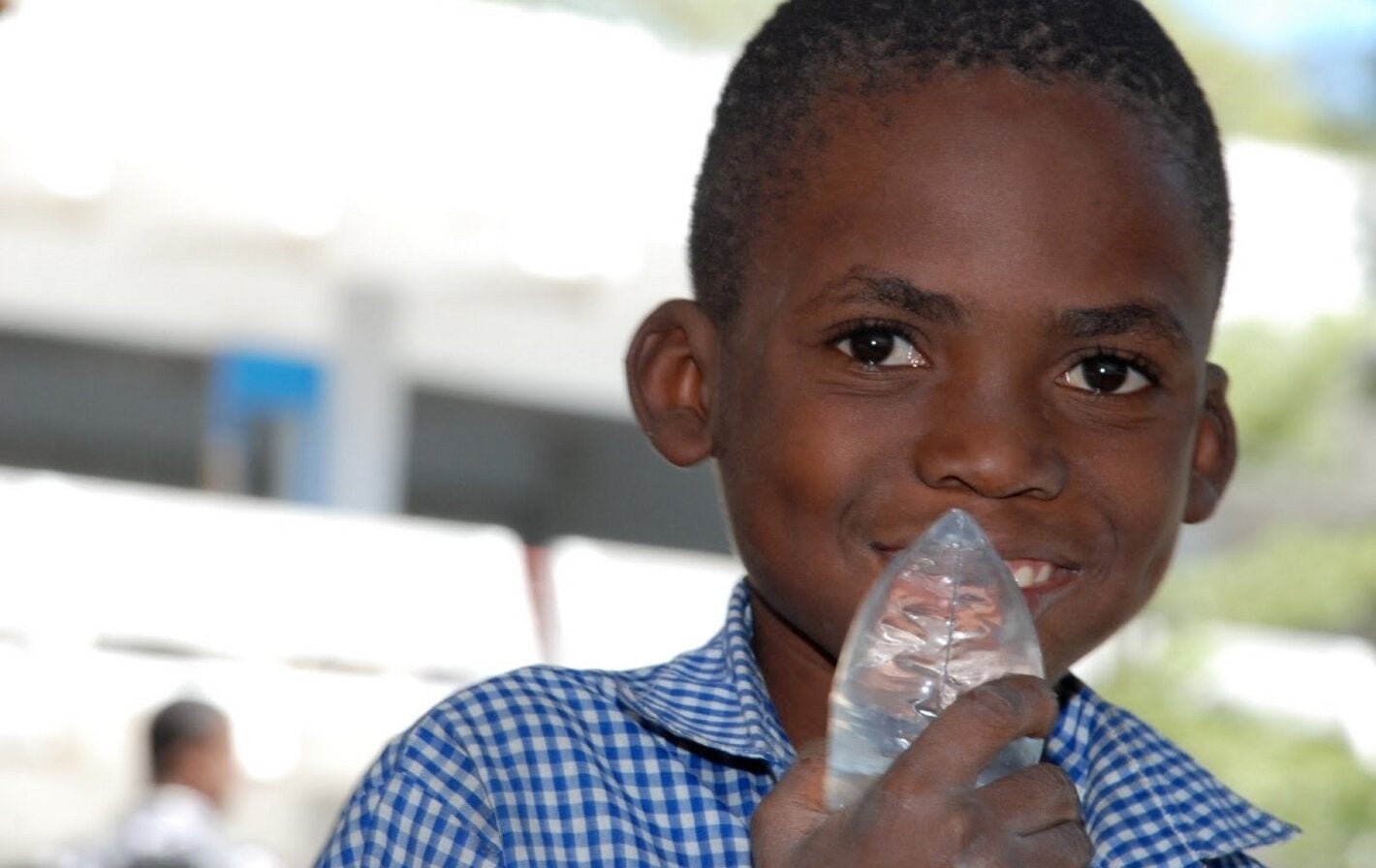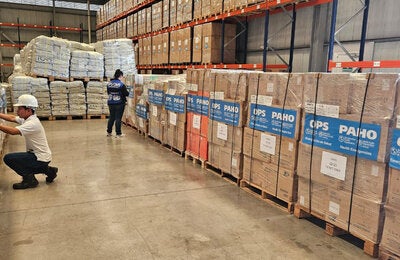
2019 comes at the end of a decade of extreme heat. 24 countries in the Region have activated alerts due to heatwaves. Forecasts expect these to continue in South America between December and March 2020, with possible adverse impact on human health.
Washington, D.C., 19 December 2019 (PAHO) - In view of the heatwaves that affected Australia, Canada, the United States, Europe, India, Pakistan and Japan in 2019, and predictions that this phenomenon will hit various parts of South America, the Pan American Health Organization and the World Health Organization (PAHO/WHO) is urging countries in the Region to be prepared due to the impact that this could have on peoples’ health, including the risk of death.
Over the past 12 months, 24 countries in the Americas were affected by heatwaves. These include Argentina, Bahamas, Barbados, Bolivia, Brazil, Canada, Chile, Colombia, Costa Rica, Cuba, Ecuador, El Salvador, the United States, Honduras, Guatemala, Jamaica, Mexico, Nicaragua, Panama, Paraguay, Peru, Dominican Republic, Venezuela and Uruguay.
Weather forecasts for South America predict heat waves this summer which could increase heat-induced stress, reduce the availability of water, increase the risk of forest fires and the loss of crops. Heatwaves can also cause power cuts, reducing access to cool air, refrigeration and air-conditioning.
Contingency plans to address heatwaves
Due to the situation, PAHO has developed communication materials to enable members of the public to be prepared, as well as a guide to help countries in the Region formulate contingency plans to address heatwaves. The guide provides recommendations that the health sector and meteorological agencies can implement to prepare for and better respond to this threat, prevent the adverse effects of heatwaves, care for affected people, and save lives.
The guide stresses that heatwave contingency plans should be able to determine the probability and extent of the threat, include alert activation procedures, and ensure the implementation of response in accordance with the level of threat.
Countries should strengthen the epidemiological surveillance of heat-related morbidity and mortality, and improve the capacity of health services (training of staff, improvements in the design of new hospitals, and equipping of existing hospitals in high-risk areas). Local authorities should communicate effectively through the media and other channels about heatwaves that are taking place, as well as about inter-agency responses to these, prevention measures, and self-care.
Some countries have made progress towards improving preparedness against heatwaves in accordance with these recommendations. However, knowledge of the risk is still limited and most be improved, as must country capacity to respond to heatwaves.
The impact of heatwaves on health
Exposure to heat may cause severe symptoms such as heat stroke due to the body’s inability to regulate temperature. People experiencing this may present with hot, dry and red skin, rapid pulse, nausea, cramps and loss of consciousness, which may lead to coma and death. The majority of deaths due to heatwaves are caused by the worsening of infectious or chronic conditions (cardiopulmonary, renal, endocrine and psychiatric). Other symptoms include edema in the lower limbs, heat rash on the neck, cramps, headache, irritability, lethargy and weakness.
People with a higher risk of experiencing complications or death during a heatwave are children, older adults and those with chronic conditions that require daily medication.
Reactions to heat depends on each person’s ability to adapt and serious effects can appear suddenly. This is why it is important to pay attention to the alerts and recommendations of local authorities.
Preventing the harmful effects of heat
- Stay tuned to weather alerts and forecasts on radio and TV.
- Avoid sun exposure during peak times.
- Do not leave children or older persons unattended in parked vehicles
- Do not exercise or engage in intense outdoor activities without proper protection
- Drink water every 2 hours, even if you aren’t thirsty.
- Take cold showers or baths in safe places (avoiding strong currents)
- Keep the home cool by covering windows during the day and using air conditioners or fans during the hottest hours. (ensure electrical connections are safe)
- If you have a chronic disease and take drugs, consult your doctor.
What to do if there are signs and symptoms of heat exhaustion or heat stroke:
- Heat exhaustion occurs in physically active people. Without treatment, the condition can get worse and the individual could develop heat stroke
- Heat stroke is a life-threatening medical emergency. The individual should receive medical care in a hospital
- Stop all physical activity.
- Call an ambulance immediately.
- Go to or move the affected person to a cool site.
- Use any physical means to facilitate cooling (such as cooling the head and body down with water and fanning the person to reduce their temperature).
Warning signs in moderate and severe cases:
- Heat exhaustion:
- Heavy sweating
- Cool, pale skin
- Temperature < 40º C
- Dizziness or faintness
- Headache
- Rapid breathing
- Weak, rapid pulse
- Heat stroke:
- Red, hot, and dry skin
- Temperature > 40ºC
- Throbbing headache
- Unconscious or in a coma
- Rapid, strong pulse



